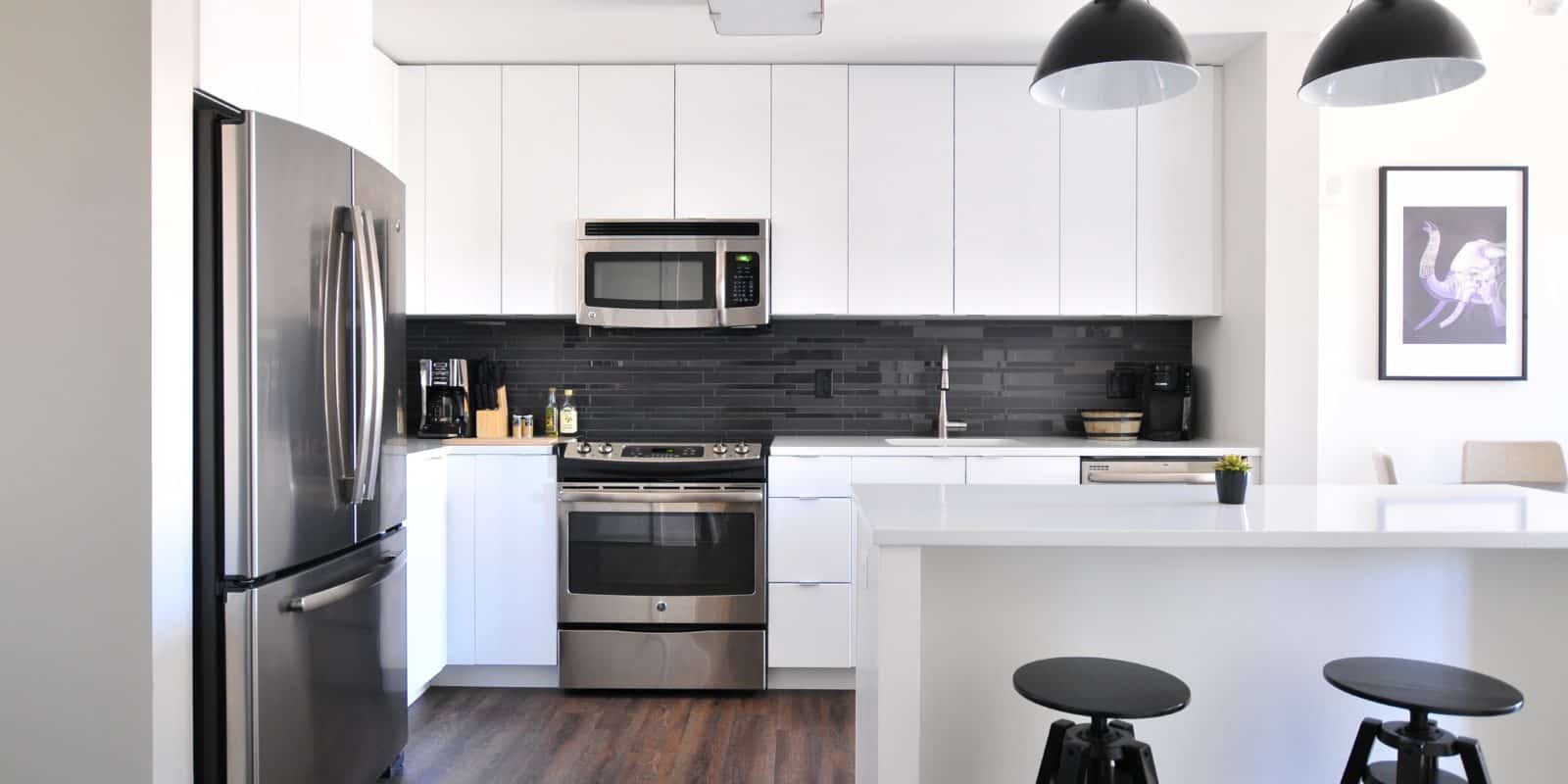There are so many helpful articles on moving home out there, but if you’re moving into a new build there are a few extra points that we need to consider. You might be wondering ’what are the benefits of buying a new build?’, and there are many – from support with deposits to extras they have lots to offer.
So, let’s assume that you’re moving into a new build. What do you need to do during the whole purchase to make your move a lot easier?
We’re going to cover two key aspects of buying a new build that will give you an edge, and potentially save you money.
Without further a-do, let’s jump right in!
1) The Snag-list
When it comes to purchasing a new build everyone seems to talk about their snag lists. In fact, a lot of new build developers are judged on their timeliness and efficiency in solving these snags. So, what are ‘snags’?
Simply put, a snag is a defect or issue with your new home. These are often small, but would be something that deviates from the standard.
Here are some examples to give you an idea:
- The paint work is blotchy;
- Cracked tiles;
- Missing sealant;
- Shoddy brickwork;
- Scratches to work surfaces & cupboards;
- Misalignments;
- Leaking valves; and
- Doors catching on carpets etc….
Surprisingly, a survey undertaken by Property Investments showed that 51% of new builds have major faults in them. So, this begs the question: how do I know what’s wrong and what should I do about it?
The issue we all face is that we don’t know what we don’t know. These are also called ‘unknown-unknowns’. This is why we are seeing a rise of ‘snagging companies’ – individuals who know what new build properties should be like. These companies will come out to your home and undertake full and comprehensive survey of the property.
They will then hand you an itemised report that details all the defects. You will then hand that list to the developer and they should repair/replace/fix the issues.
A good estimate for a 3-bedroomed property is around £300. They can be cheaper or a little more expensive, it just varies.
2) Budget Creep
One of the biggest advantages of buying a new build property is that it is just that – brand new. With a blank canvas your options are almost limitless. If you’re purchasing a new build and have an enormous pool of finances, this one won’t be for you.
It’s very easy to get swept away in the magic of buying a new home and making it your forever home. They key message here is that there is no rush to make it perfect.
You only have to walk into a home shop to see the thousands of things you could possibly buy for your new home. It’s very easy to buy everything in view. If you have the capital, that’s great! If not, there are a couple of general rules you can follow to help save you from over spending.
Firstly, make two lists. The first list is the ‘needs to’ list.
The ‘needs to’ list is a list of everything you need to purchase or do within a month of moving in. This would include your bed, wardrobes, kettle, toaster etc… This will be everything you need to function and live within your new home. It will mean having a wardrobe, but perhaps not that new towel-warming radiator you’ve had your eye on.
Once you’ve got everything you need to move in and get a good footing we can turn to our ‘like to’ list. This list compiles of everything non-essential that you would like to purchase or do to your new home.
This will include things like making an orangery, purchasing fancy mirrors and luxurious carpets and so on…
The reason we split the purchases out into these categories is because if we don’t it becomes so easy to fall into debt or overspend. Buying a home is already a very expensive process and we need all the help we can land our hands on to keep the budget in check and avoid ‘budget creep’.
Final Thoughts
Buying a new home is an exciting time and by implementing these two concepts around getting on top of your ‘snags’ and being more intelligent with the budgeting you can make the home move a lot smoother.
Another little moving home hack to help save time and money when moving is to use an online change of address platform. You can tell everyone you’re moving, including an NHS change of address and much more.

